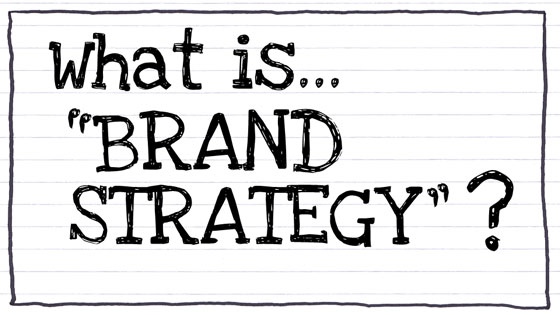A branding strategy is used for brands interested in branding their products or services. A business strategy is so important that without it there’s no reason to brand, no reason to run a branding campaign and there’s no way a branding campaign would be successful with a good strategy behind it.
You can also read an earlier article about Things You Should Do Before Rebranding.
What is Branding?
“Branding is endowing products and services with the power of a brand” (Kotler & Keller, 2015)
What is a Branding Strategy?
A brand strategy can be a short or long term plan used by a business to create a positive image for their brand in the minds of old and new potential customers.
Importance of a Branding Strategy
- Without a branding strategy there is no branding campaign.
- Branding strategies used are usually tailored made to fit the brand.
- Choosing the right branding strategy leads to a successful branding campaign.
What are the types of Branding Strategy?
For a brand to be successful it needs a solid branding strategy. There are so many branding strategies but we are going to focus on 7 types of branding strategies in this article.
1. Name Brand Recognition
A well-established company will often use the weight of its own name brand to extend to its products. Most often, a company with large name brand recognition can be recognized by its logo, slogan, or colors. Companies such as Coca-Cola, Starbucks, Apple, and Mercedez-Benz are all iconic while featuring multiple subsidiary products featured under the company name.
2. Individual Branding
Sometimes a larger company may produce products that carry their own weight independent of the parent company. This strategy involves establishing the brand as a unique identity that is easily recognizable. General Mills, for example, distributes Cheerios, Chex, Cinnamon Toast Crunch, Kix, Total, Trix, and more—and that’s just the cereal division. The company also distributes other major brands from every food group.
3. Attitude Branding
Ambiguous marketing can often go above the actual product itself in the case of attitude branding. These brands all use strategies that bring to life personality and a customized experience with products and services. NCAA, Nike, and the New York Yankees made Forbes list of “The World’s Most Valuable Sports Brands 2015,” and are automatically associated with a certain style. Other brands, such as Apple and Ed Hardy, also reflect a customer’s self-expression.
4. “No-brand” Branding
A minimalist approach can speak volumes. No-brand products are often simple and generic in design. The most successful company to establish this marketing method is the Japanese company, Muji, which simply translates to “no label.”
5. Brand Extension
Brand extension occurs when one of your flagship brands ventures into a new market. Say you have a shoe company that is now making jackets, athletic wear, and fragrances. The brand name carries its own identity to your product mix.
6. Private Labels
Store brands—or private labels—have become popular at supermarkets. Retail chains such as Kroger, Food Lion, and Wal-Mart can produce cost-effective brands to compete with larger retailers.
7. Crowdsourcing
These brands are outsourced to the public for brand creation, which allows customers the chance to be involved in the naming process, and effectively drives up personal interest in a product.

